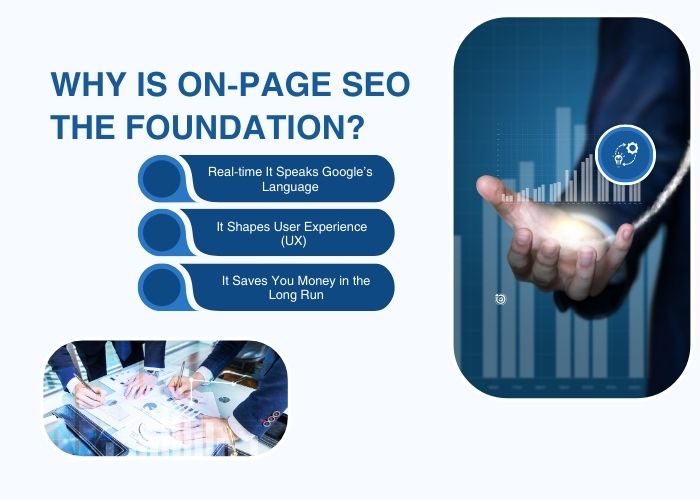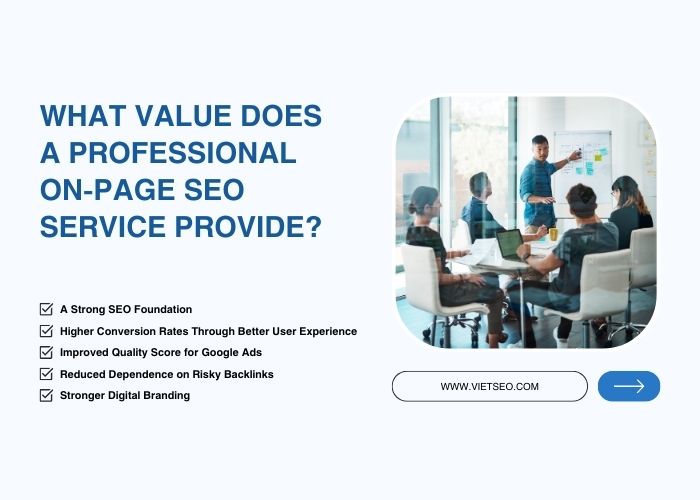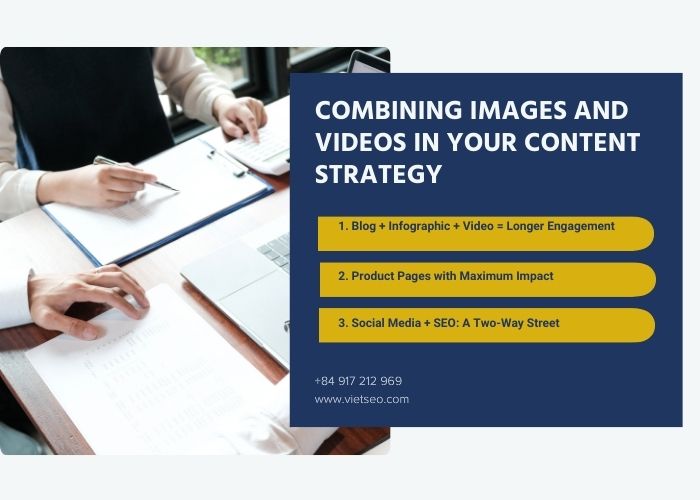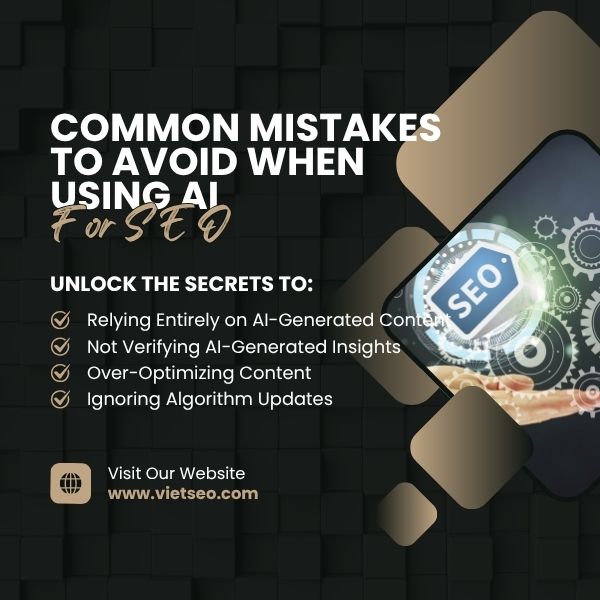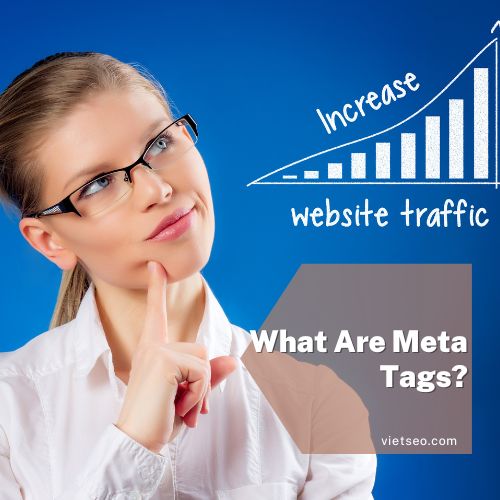What Is On-Page SEO? A Holistic Guide to On-Page Optimization
When SEO Is No Longer Optional
In today’s digital marketplace, every brand is competing fiercely for visibility on Google. SEO is no longer a luxury or an “optional” add-on—it has become a fundamental requirement for any business that wants to survive and grow online.
Yet, many people still misunderstand what SEO really involves. Some only focus on the differences between On-Page and Off-Page SEO without truly grasping their importance. Others oversimplify the concept—believing that SEO is nothing more than sprinkling keywords into articles or publishing so-called “SEO-standard” content.
The truth is, On-Page SEO goes far beyond inserting keywords or adding alt text to images. It’s a comprehensive system of fine-tuning and synchronizing every element within your website to ensure it works seamlessly for both users and search engines.
Effective On-Page SEO strengthens your site from the inside out. It involves optimizing structure, content quality, page loading speed, mobile responsiveness, user experience, indexability, and internal linking—all working together to create a solid foundation for sustainable growth.
When done right, On-Page SEO is not just about pleasing Google’s algorithm; it’s about building a website that is faster, clearer, and more valuable for your visitors—turning organic traffic into lasting results for your business.
What Is On-Page SEO? A Root-Level Rethink
On-Page SEO refers to the set of optimization techniques applied directly within your website to improve how it ranks on search engines like Google. Think of your website as a house: On-Page SEO is the process of cleaning, renovating, and rearranging everything inside so that visitors feel comfortable, engaged, and willing to stay longer. At the same time, it helps Google more easily “read” and evaluate the overall quality of your site.
Unlike Off-Page SEO—which deals with external factors such as backlinks, social shares, and brand mentions—On-Page SEO is about taking care of your own foundation. It involves everything from the skeleton (your code), the layout of the rooms (site structure), the furniture (content), to the lighting and fragrance (user experience). When all these elements work together in harmony, your site becomes not only more appealing to users but also more trustworthy in the eyes of search engines.
Why Is On-Page SEO the Foundation?
No amount of backlinks or external promotion can fix a website that has weak fundamentals—whether it’s a confusing structure, cluttered content, or painfully slow loading speed. That’s why every long-term, successful SEO strategy begins with On-Page SEO. It’s the bedrock that supports everything else. Here’s why:
-
It Speaks Google’s Language
Google is powerful, but it doesn’t “feel” or interpret content the way humans do. Instead, it relies on signals: title tags, meta descriptions, headings, URLs, schema markup, and more. On-Page SEO ensures your site communicates clearly with Google, helping it identify what each page is about and how your entire website is organized. Without this clarity, even great content can get overlooked.
-
It Shapes User Experience (UX)
Google’s ranking algorithms are increasingly focused on how real people interact with your site. Page load time, mobile responsiveness, intuitive navigation, and clean design all play a role in whether visitors stay or leave. On-Page SEO bridges the gap between user expectations and website performance, ensuring people find what they need quickly and enjoy the process.
-
It Saves You Money in the Long Run
Paid ads can bring traffic, but the moment you stop paying, the traffic disappears. Strong On-Page SEO, on the other hand, builds organic visibility that keeps working for you 24/7. By optimizing from within, your website can attract steady traffic naturally—reducing dependency on ads and cutting long-term marketing costs while delivering more sustainable growth.
What Does an On-Page SEO Service Include? A Deep Dive
On-Page SEO is much more than sprinkling keywords into text or adjusting title tags. A professional service looks at your website from every angle, addressing both technical and user-focused elements to build a solid foundation for growth. A complete On-Page SEO package usually covers these core areas:
-
Website Audit and Analysis
- Review URL structures, sitemap, and robots.txt settings
- Identify technical issues such as 404 errors, redirect chains, and crawl problems
- Measure page loading speed with tools like Google PageSpeed Insights and GTmetrix
- Check mobile-friendliness and responsiveness
-
Technical On-Page SEO
- Standardize URLs so they are keyword-rich and user-friendly
- Optimize heading hierarchy (H1–H6) for clear structure
- Add schema markup to qualify for rich snippets in search results
- Fine-tune robots.txt and XML sitemap for better crawlability
- Speed up pages by compressing images, minifying code, and improving server response time
-
Content Optimization
- Perform keyword research based on real user intent
- Develop content aligned with Google’s E-E-A-T guidelines (Experience, Expertise, Authoritativeness, Trustworthiness)
- Optimize titles, meta descriptions, alt text, captions, and internal linking
- Refresh or rewrite outdated content to maintain competitiveness
-
Information Architecture & Internal Linking
- Design a logical structure that guides both users and search engines
- Strengthen important “money pages” through smart internal links
- Build natural topic clusters to reinforce relevance and authority
-
UX/UI Optimization
- Improve layouts for readability and smooth navigation across devices
- Remove intrusive pop-ups and distracting design elements
- Ensure interactive features like forms, buttons, and CTAs are intuitive and easy to use
A truly holistic On-Page SEO service integrates all these layers, making your site not just more visible to Google but also more enjoyable and trustworthy for users.
Common Mistakes in On-Page SEO
On-Page SEO has been around for years, yet many businesses still fall into the same traps—mistakes that can weaken or even derail their entire SEO strategy. Some of the most common include:
-
Keyword Stuffing
Despite Google’s repeated warnings, many still cram keywords into every sentence, hoping it will improve rankings. In reality, this makes content awkward and unpleasant to read, while also risking Google penalties for spammy practices.
-
Neglecting Internal Linking
Publishing dozens of blog posts or pages without connecting them is like building rooms in a house without doors. Internal links help both users and search engines navigate your site, highlight important content, and establish topical relevance. Ignoring this is a major missed opportunity.
-
Thin, Low-Quality, or Duplicate Content
Google’s standards have evolved far beyond “SEO-standard” articles. Shallow, duplicated, or generic content doesn’t cut it anymore. Pages must deliver unique insights, solve real problems, and demonstrate expertise if they’re going to rank and retain readers.
Avoiding these mistakes is just as important as implementing best practices. Strong On-Page SEO requires balance—optimizing for search engines without ever sacrificing clarity, usefulness, or user experience.
On-Page SEO and Google’s Evolution: From Tricks to Strategy
Over the years, Google has rolled out countless algorithm updates—Panda, Hummingbird, RankBrain, BERT, and most recently, the Helpful Content Update. Each one has reshaped the way websites are ranked, shifting the focus away from technical “tricks” and toward genuine value. Yet, one principle has never changed: Google’s ultimate priority is the user.
That’s why modern On-Page SEO is no longer about checking boxes or gaming the system. Instead, it’s part of a bigger picture—a holistic SEO strategy that aligns with user behavior, brand identity, and long-term business objectives.
A truly optimized website doesn’t just rank for keywords; it delivers the right message to the right audience, at the right moment, in the most effective way. This is what transforms On-Page SEO from a technical checklist into a powerful growth strategy.
What Value Does a Professional On-Page SEO Service Provide?
Bringing in a team that specializes in On-Page SEO isn’t just about convenience—it’s about unlocking long-term, measurable value for your business. Here’s what a professional service really delivers:
-
A Strong SEO Foundation
Just like a building needs a stable base, your website needs solid On-Page optimization before any other SEO efforts can succeed. With the fundamentals in place—clean code, logical structure, optimized content—every other strategy (like link building or content marketing) becomes more effective.
-
Higher Conversion Rates Through Better User Experience
On-Page SEO goes hand in hand with user experience. Faster load times, mobile-friendly design, clear navigation, and engaging content all work together to keep visitors on your site longer and guide them toward action—whether that’s filling out a form, making a purchase, or contacting you.
-
Improved Quality Score for Google Ads
If you’re running paid campaigns, On-Page SEO directly impacts ad performance. A well-optimized landing page improves your Quality Score, which can lower cost-per-click (CPC) and boost ad visibility. In other words, SEO improvements help you get more out of every advertising dollar.
-
Reduced Dependence on Risky Backlinks
Many businesses chase backlinks as a shortcut, but without strong On-Page SEO, links alone won’t sustain rankings. By optimizing from within, you reduce the need for aggressive backlink strategies—making your SEO investment safer, more predictable, and more sustainable.
-
Stronger Digital Branding
A clear, well-structured, and credible website doesn’t just attract search engines—it builds trust with real people. Professional On-Page SEO ensures your site reflects your brand’s authority and reliability, turning casual visitors into loyal customers.
In short, professional On-Page SEO isn’t just about rankings. It’s about building a website that works harder for your business every single day.
Who Should Use On-Page SEO Services?
On-Page SEO isn’t just for big corporations—it’s a critical tool for any organization that wants to build sustainable visibility online. Here are some groups that benefit most:
-
Small Businesses
For local shops and service providers, On-Page SEO offers a cost-effective way to grow organically without depending entirely on paid ads. It helps them attract steady traffic and compete with larger players.
-
Tech Startups
Startups need a strong digital foundation from day one. Professional On-Page SEO ensures their websites are fast, scalable, and user-friendly—ready to support rapid growth and future marketing campaigns.
-
Websites with Declining or Low Traffic
Older sites or those struggling to gain traction often suffer from outdated structures, duplicate content, or technical issues. A comprehensive On-Page overhaul can revive their visibility and restore steady traffic.
-
News Portals and Niche Blogs
Content-heavy sites rely heavily on user experience and readability. On-Page SEO helps improve article structure, navigation, and internal linking—making it easier for readers to explore more content and for search engines to index efficiently.
Ultimately, any website that wants to be more visible, more user-friendly, and more competitive in search should invest in On-Page SEO.
Conclusion
You can run ads, write blogs, or make videos — but if your website’s foundation isn’t solid, everything else can fall apart. On-Page SEO is the first and most crucial step in building a strong, discoverable, readable, and high-converting website.
On-Page SEO is not a trick. It is the art of balancing humans and machines, technology and emotion. And when done right, it doesn’t just get you to the top of Google — it helps you stay there for the long haul.
